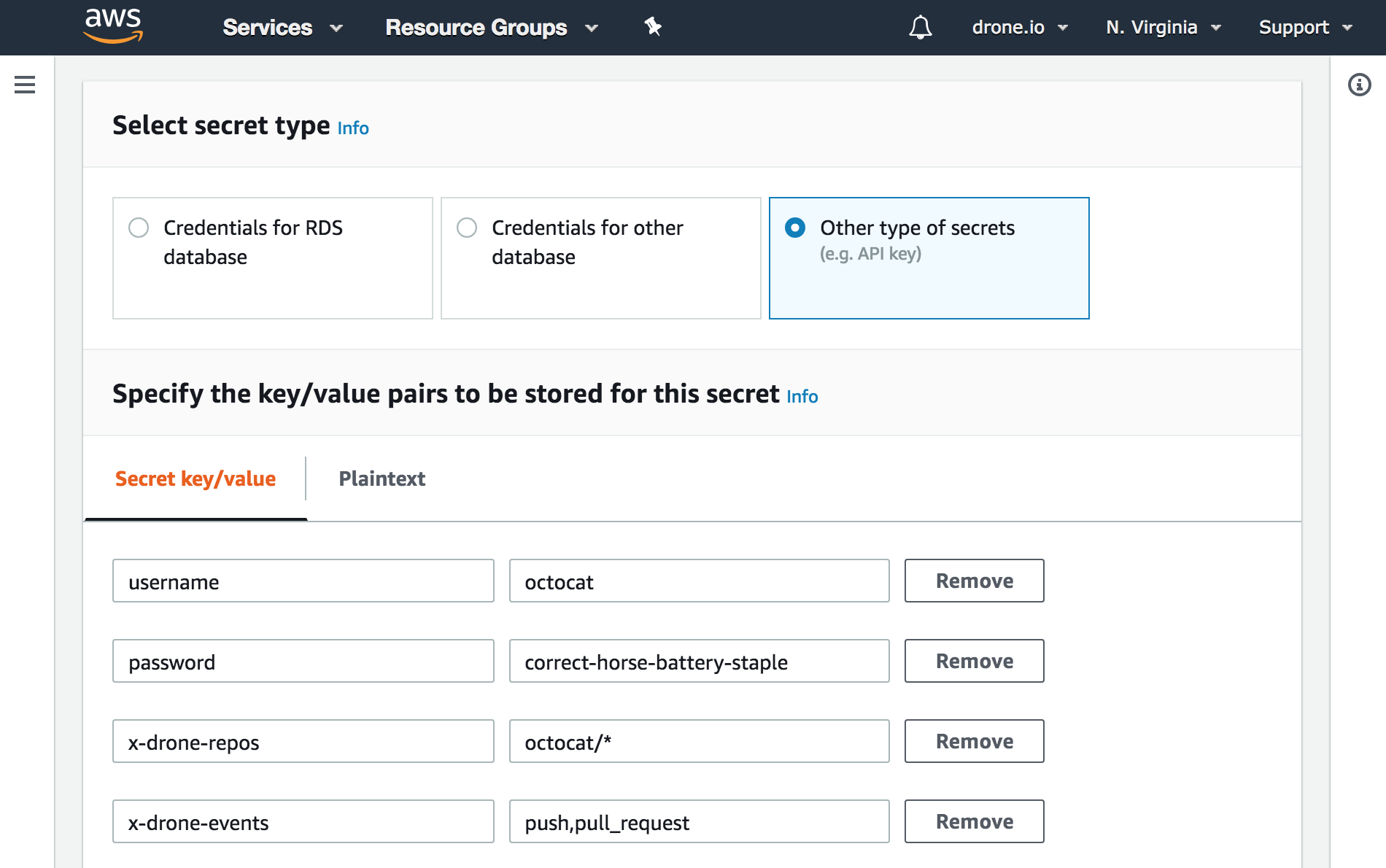

You can use any value for this parameter, such as your organization name or domain.ĭestination: The URL of the AWS service or resource that you want to access after signing in to the console. Issuer: An optional parameter that indicates the entity that issued the URL. To generate a signed URL, we need to make another GET request to the federation endpoint with four parameters: The signed URL must be used within 15 minutes after the sign-in token was issued. The signed URL is a web address that contains the sign-in token and other parameters that specify the destination and the issuer of the URL. The final step is to generate a signed URL to the console using the sign-in token. 💖 Your support means the world to me! Step 5: Generate a signed URL 👋 Hello there, amazing readers! 📚 Thank you for taking the time to explore this article! 🙌 If you’ve enjoyed what you’ve read so far and found it valuable, I invite you to follow my profile for more exciting content like this. The response will contain a single element named SigninToken. We will use the requests library to make the request and parse the response as JSON.

Session: A JSON document that contains the temporary credentials that we got from assuming the role. SessionDuration: The duration of the session in seconds, up to 43200 (12 hours). To get a sign-in token, we need to make a GET request to the federation endpoint with three parameters:Īction: The value must be getSigninToken. The sign-in token is valid for up to 12 hours. The federation endpoint is a web service that allows you to exchange temporary credentials for a sign-in token that can be used to access the console. The next step is to get a sign-in token from the AWS federation endpoint. The assume_role method will return an object that contains temporary credentials and other metadata. We will also pass the profile name that we defined in the configuration file as an argument to create the client. To assume the role, we will use the assume_role method of the STS client in Boto3. You can create and manage roles using the IAM console or the IAM API. For this example, I will use a role named GMAAutomation, which has an ARN of arn:aws:iam::25773785263:role/GMAAutomation. The ARN is a unique identifier for the role, and the role session name is an arbitrary string that you can use to identify the session. To assume a role, you need to know the Amazon Resource Name (ARN) of the role and provide a role session name. This is a recommended practice for accessing the AWS Management Console programmatically, as it provides more security and flexibility than using long-term credentials of an IAM user. By assuming a role, you can get temporary credentials that have the permissions of that role. A role is an entity that defines a set of permissions for accessing AWS resources. The next step is to assume a role using the AWS STS API. You can have multiple profiles in this file, each with different credentials. The section defines a profile name that we can use to reference these credentials. For this example, I will use a configuration file named ~/.aws/credentials, which looks like this: There are several ways to do that, such as using environment variables, configuration files, or passing them directly to the client constructor.
AWS SECRET MANAGEMENT INSTALL
You can install them using pip: Step 2: Configure your credentialsīefore we can use Boto3, we need to configure our credentials. To generate a signed URL, we will need to use the AWS SDK for Python (Boto3) and the requests library.
AWS SECRET MANAGEMENT HOW TO
In this article, I will show you how to do that in Python. This signed URL will allow you to access the console without being prompted for a user name and password. The answer is to use the AWS Security Token Service (AWS STS) to generate a signed URL to the console. So how can you use the console with only these credentials?
AWS SECRET MANAGEMENT PASSWORD
However, the AWS Management Console requires a user name and password to sign in, which are different from the access key and secret token. It can be very useful for exploring and experimenting with AWS features, as well as monitoring and troubleshooting your AWS applications. These credentials are usually used to access the AWS Command Line Interface (CLI) or the AWS SDKs, but what if you want to use the AWS Management Console instead? The AWS Management Console is a web-based interface that provides a graphical user interface for managing AWS services. If you are working with AWS, you might have encountered a situation where you are given only an access key and a secret token to access the AWS resources.


 0 kommentar(er)
0 kommentar(er)
